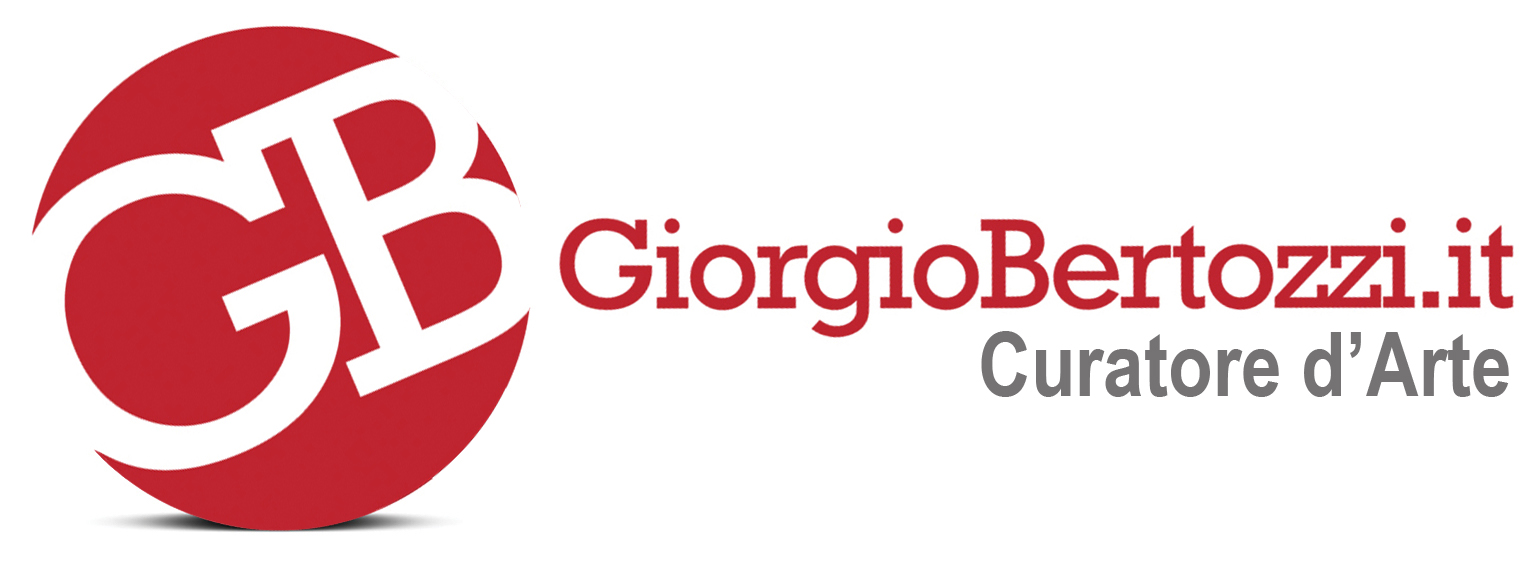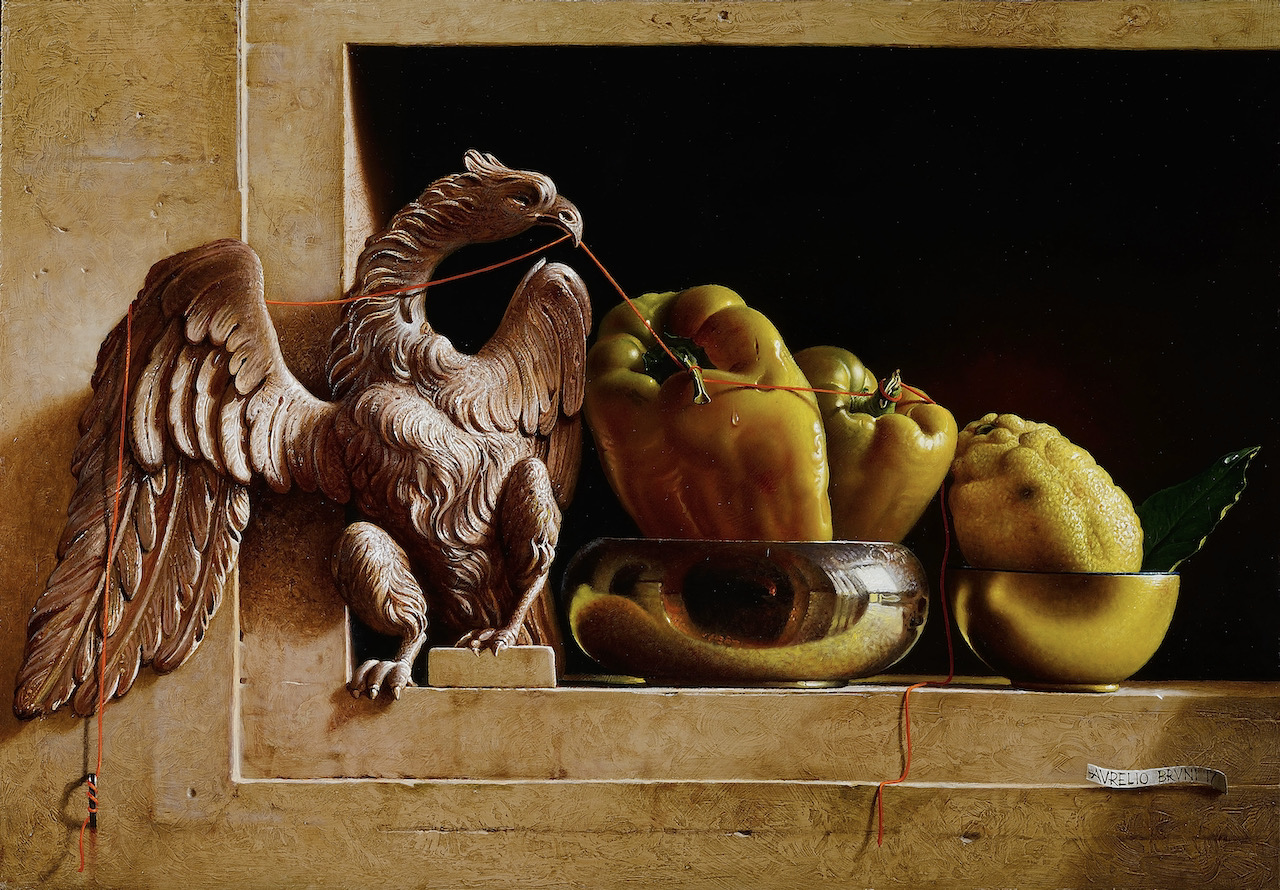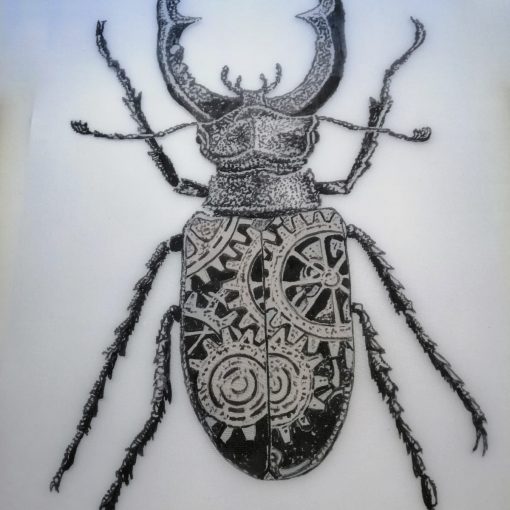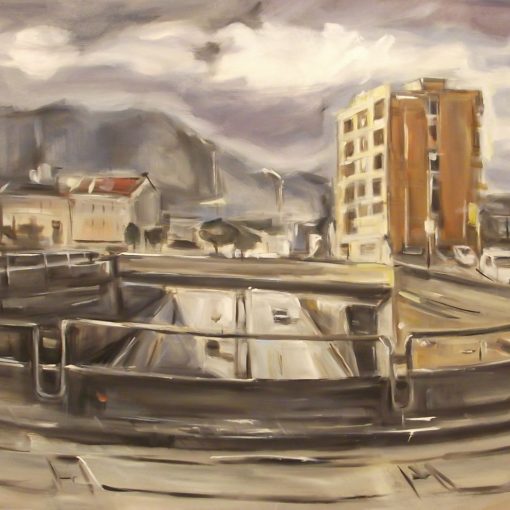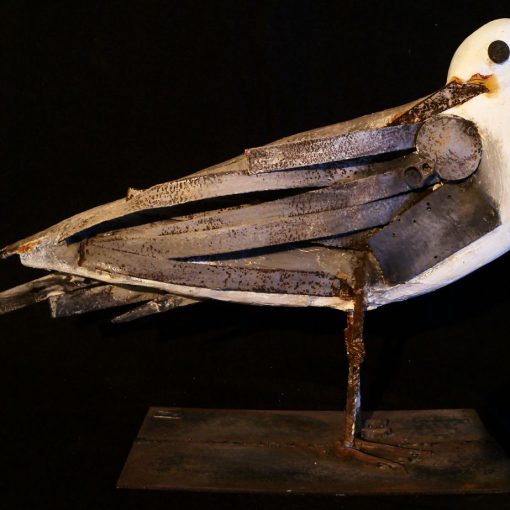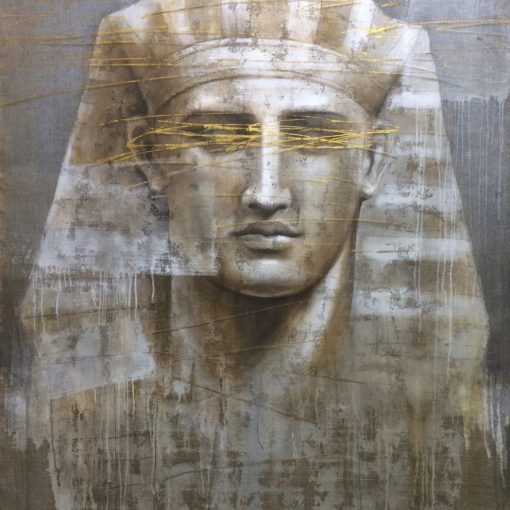I was born on 15th October 1955 by pure chance in Blera, a village near Viterbo unknown to most people as well as to me. Now I live in Umbria. The first nine years of my life are filled with the vague and pleasant memories of one who is convinced that the world – a few square kilometres of open and isolated countryside – could be easily controlled. I had few playmates but much imagination to fill the days that opened up generously in front of me and gave me contact with nature, wonderful and changeable as the seasons passed by. The places where I spent most of my time were poorly-cobbled lanes, steep slopes and deep chasms where I imagined invisible spirits and majestic oaks from which one could dominate the world. But then all of a sudden things changed. My father’s death forced my family to take drastic but necessary decisions. I was sent to a collegio maschile – a boarding school for orphan boys – in Spoleto. Adapting to the new environment which consisted of severe rules and a monotonous timetable was hard and painful. The silence imposed in those sad dormitories was not the harmonious silence of the countryside. The days did not belong to me any longer and nature in all its splendour was shut out. School mitigated neither the solitude nor the uneasiness of the boys I had to get on with, but I found some solace in designing strange objects like distorted trunks, impenetrable wood and zoomorphic figures that gave me some sense of the freedom of the open spaces beyond. I began to appreciate the therapeutic nature of art and to see the artist as a mediator who transcends reality, projecting it into an ideal dimension. Both teachers and classmates acknowledged this ability to draw and as a natural consequence after junior high school I took up my secondary high school studies in the department of theatrical design at the Istituto d’Arte.
However, in the years of protest the school, too committed to politics, did not offer much to me and I failed to grasp the opportunities the school offered. Yet the numerous public meetings and demonstrations I was not obliged to take part in allowed me the opportunity to go off by myself (I remember the incredibly cold sacristy of the college chapel) and to paint. In oils. Without instructors. And on those cheap canvasses enormous beetles and monstrous insects took form, suggested by I don’t know what unless it was by my own restlessness. My conviction grew that the artist could mediate between nature and beauty and with his imagination could transform the ‘fantastic’ into a codified and tangible world. These sensations, instinctive in my post-adolescent mind, reinforced my reluctance to accept abstract painting, the obligatory route to contemporary art. I understood that this, the irrational part of human experience, went beyond beauty and the fantastic, building up its own rules and rejecting objective communication. I understood it but did not accept it and this was further confirmed after my final school exams when I began to visit museums and read art books for myself. I was convinced that I would be a painter in my future life and I began to refine my technique and to master various methods of painting. Magritte captured my attention: his ability to render the invisible visible and that sort of mise-en-scene of commonplace objects in absurd contexts was in full sympathy with my own thoughts and I adopted that sort of painting for some years. Still there are some traces of it in my paintings. Then jumping back in time I discovered the Flemish world of Bosch who welcomed me into his ‘Garden of Delights’, leading me into the maze of his fantasmorgoric world of the subconscious where I was fully at ease and not surprised at seeing behind paradise flowers scaley wombs and slimy bodies of lizzards. With Brueghel I returned to my boyhood. In the fields and woods and cobbled lanes and infinite horizons I recognised the scents of nature that I had possessed as a child and by whom I was possessed. All the Flemish paintings of the fifteenth and sixteenth centuries intoxicated me. It was that prodigious, masterly and transparent technique from which I drew inspiration. The polyphony of incredible colours, with niches and stairs disappearing into the darkness, were a veritable laboratory for me. Becoming more expert but still far from being one, I reached Carravaggio. Where does that striking light come from that illuminates bodies, objects and drapery? And those anonymous faces, astonished and transfigured, whose flesh reflects astonishment, terror and wonder, witnesses of events bigger than themselves… If you take away that light everything turns to misery and decay. When I saw ‘The Conversion of St Paul’ in reality I was moved to tears. Then Rembrandt. In his paintings light seemed to be an integral part of the colours themselves, rather than coming from an external point. Like stars, his characters enjoy their own personal source of light. Turner has been another realm of joy for me. To appreciate fully the atmospheres in his paintings one’s eye must be well trained; light envelopes his subjects with a liquid charm, penetrating every single fibre. Caspar David Friedrich has helped me understand the essential aspect of painting; often, alone, I roamed through his ‘Abbey in the Oak Forest’ in the cold winter fogs. His landscapes are infinite spaces; they arouse a slight sense of melancholy, are somewhat disturbing and even if they are depicted with a high degree of technical perfection, the impact is greater on the soul than on the eye. These masters and many others have formed and educated me and at the age of 49 I find myself a realist painter, now and then trespassing into the hyper-realist, surrealist and symbolist, that is in a contemporary artistic world which is all this and more. Aware that every painter is a child of his own time and therefore always a messenger of contemporary values, I think that if he has conviction in what he is creating he is morally obliged to improve further, for himself and for others.

























